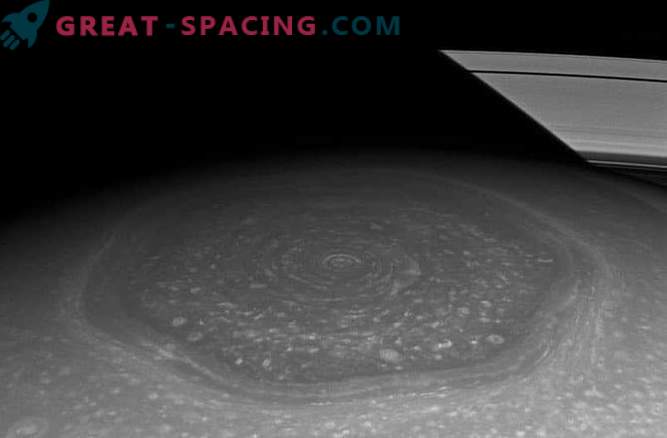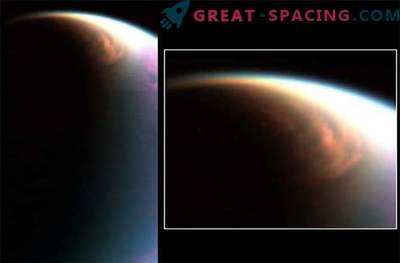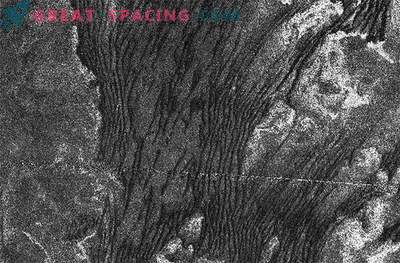has appeared

The huge mysterious hexagon at the north pole of Saturn can finally get an explanation.
A freaky hexagon-shaped cloud was first discovered in 1988 by scientists who viewed NASA's Saturn Voyager flyby data in 1980 and 1981, but its existence was not confirmed until NASA’s Cassini spacecraft a few years later explored a planet with rings near.
Nothing like a hexagon has never been encountered before. In the atmosphere of Saturn there is a structure in the center of which a storm rages, reaching a width of about 32,000 km, and thermography shows that the height of the formation is about 100 km.
Scientists put forward a variety of explanations for the origin of the hexagon. For example, a whirlpool inside a bucket may have a hole of a certain geometric shape. However, of course, there is no giant “bucket” that could create this huge hexagon on Saturn. Voyager and Cassini identified a large number of features of this strange hexagon that could help in understanding its formation. For example, the points of a figure rotate around its center at about the same speed as Saturn around its axis. In addition, on Saturn there is an air flow similar to that of the earth, which moves eastward at a speed of approximately 360 km / h and follows the hexagon as it were.
Currently, researchers have developed a model that, in their opinion, will provide an opportunity to study the features of the hexagon better than in previous attempts.
According to Raul Morales-Uberius, a planetary scientist at the Institute of Mining and Technology in New Mexico and a leading researcher, this model is quite simple, but it can be used to explain many of the observed properties of the hexagon.
Scientists conducted a computer simulation of the air flow, which moves east along a curved path near the north pole of Saturn. The slightest turbulence that can be expected from a collision with other air currents turned the meander into a hexagon. In addition, this hexagon rotated around its center at a speed close to the real one. Members of the research team argue that this theory best explains the presence of airflow at the cloud level in the hexagon. The wind below the cloud level apparently helps to maintain the hexagonal shape, and controls the speed of movement of the hexagon.
Different models in which the winds located higher in the atmosphere are represented, or winds below the cloud level, are not taken into account, do not reproduce the Saturn hexagon properly. So, their result may be a six-pointed star, a kind of six-pointed figure or six pairs of storms arranged in hexagonal form.
Morales-Uberius would like to compare the new data with the models of other research groups in order to trace possible matches. In June, he and his colleagues filed their findings in detail in the Astrophysical Journal Letters.











































